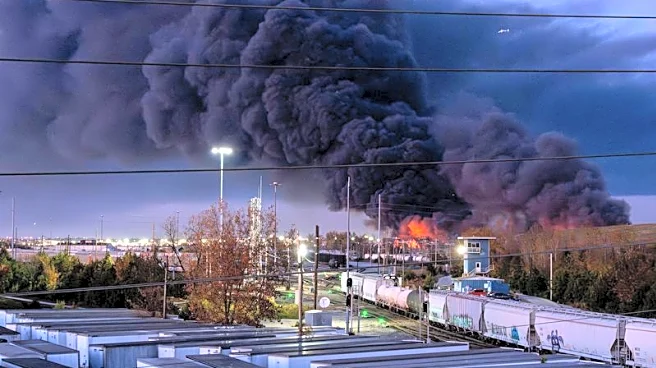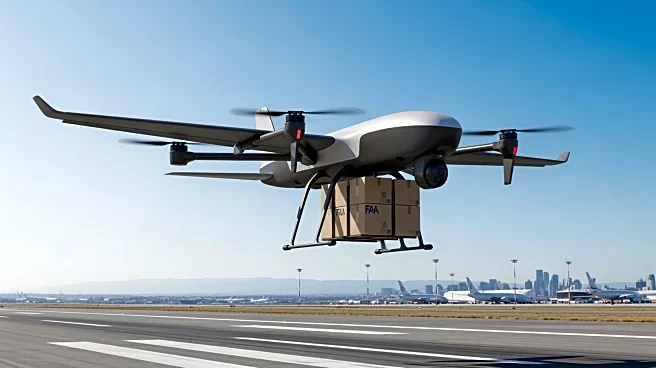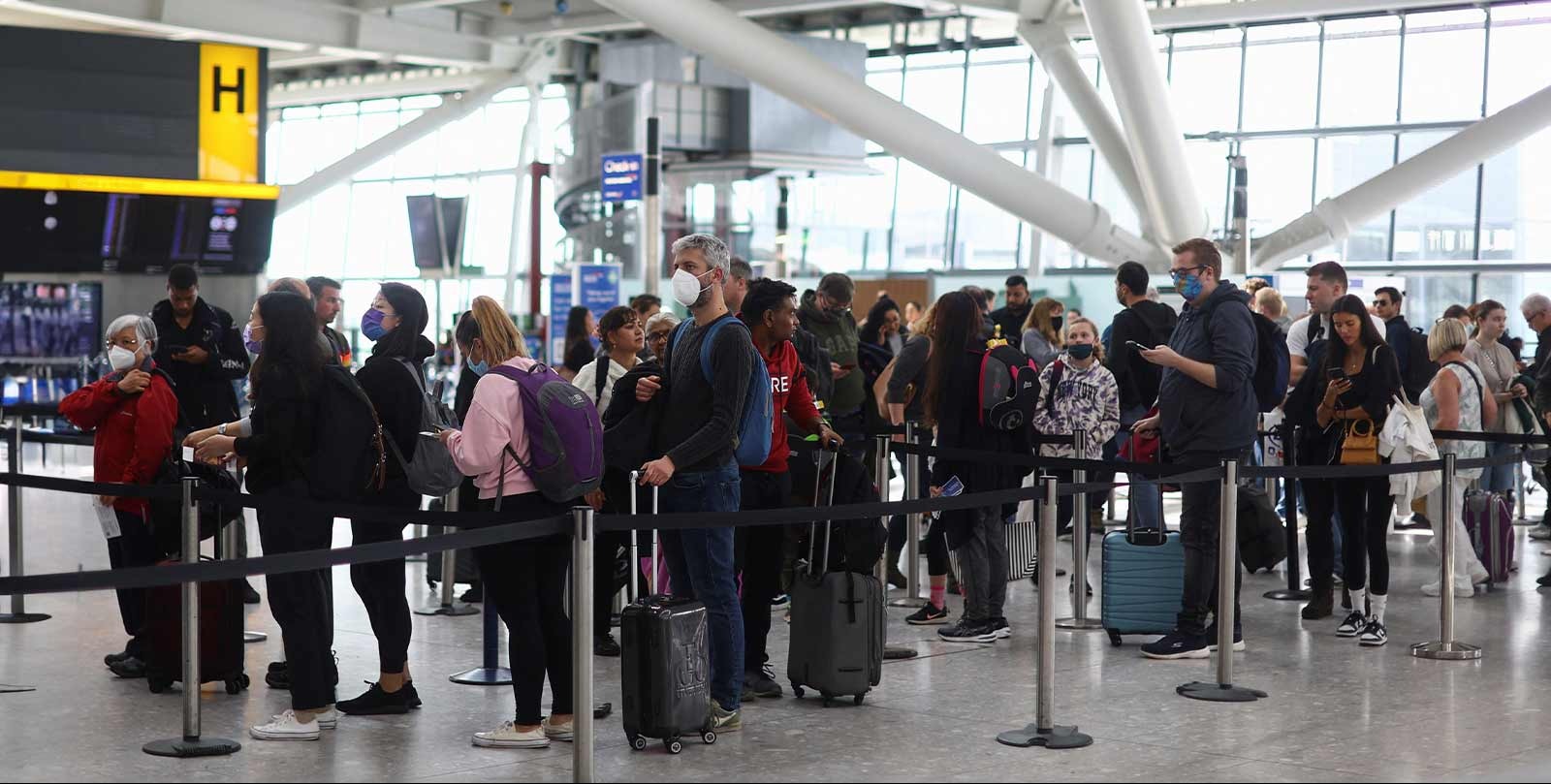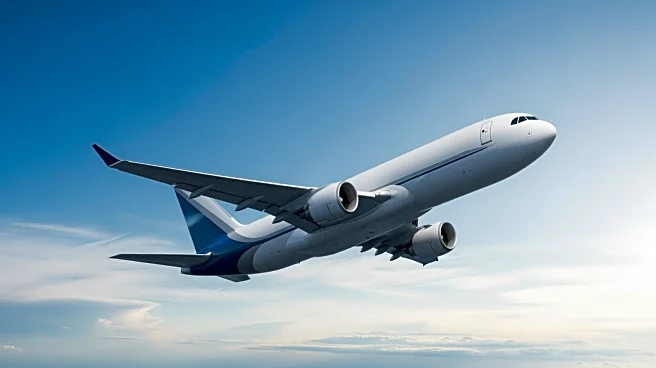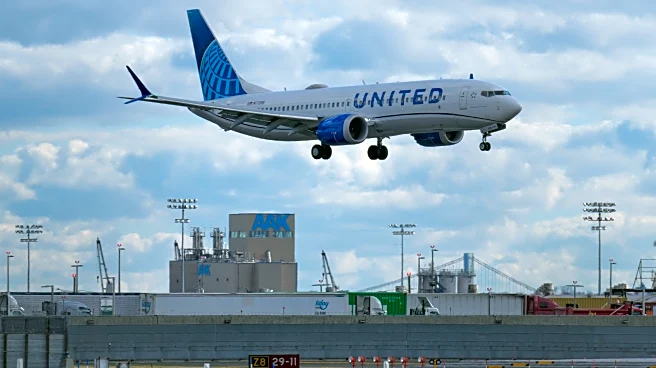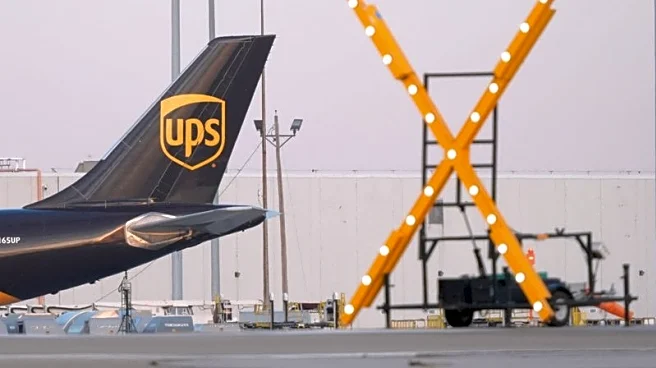What's Happening?
UPS and FedEx have temporarily grounded their MD-11 cargo planes following a fatal crash in Kentucky. The incident involved a UPS MD-11 aircraft that burst into flames during takeoff, resulting in 14 fatalities
and significant damage to nearby buildings. Boeing, the aircraft manufacturer, recommended the grounding of these planes as a precautionary measure. UPS and FedEx, two of the largest cargo carriers globally, are implementing contingency plans to maintain service continuity. The MD-11 model, originally manufactured by McDonnell Douglas, has been in service for over three decades, with production ending in 2000.
Why It's Important?
The grounding of MD-11 fleets by UPS and FedEx could have significant implications for global logistics and supply chains. As major players in the cargo industry, any disruption in their operations might affect delivery schedules and increase costs for businesses relying on timely shipments. The decision underscores the importance of safety in aviation, particularly for older aircraft models. It also highlights the potential vulnerabilities in logistics networks when unexpected events occur, prompting companies to reassess their risk management strategies.
What's Next?
The investigation into the cause of the Kentucky crash is ongoing, with officials yet to determine the exact reasons behind the incident. UPS and FedEx will continue to coordinate with Boeing and the Federal Aviation Administration (FAA) to ensure safety measures are in place. The companies may explore alternative aircraft models to mitigate service disruptions. Stakeholders, including businesses and consumers, will be closely monitoring developments to understand the impact on delivery times and costs.
Beyond the Headlines
The grounding of MD-11 fleets raises questions about the longevity and safety of older aircraft models in commercial use. It may prompt a broader industry discussion on the need for modernization and investment in newer, more efficient planes. Additionally, the incident could lead to increased scrutiny of aviation safety standards and protocols, influencing future regulatory changes.





